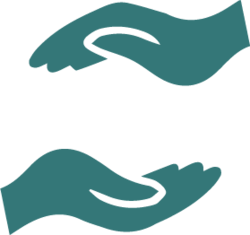In Madagascar, their native home, the grey mouse lemurs are victims of a loss of their habitat and are classified by the International Union for Conservation of Nature (IUCN) as a species whose population is in decline. Should we not be coming to their aid rather than adding to their suffering? Whether they are protected or not, nothing justifies these small lemurs with big eyes being abused. However, in a Parisian region, in Brunoy, they are used for experiments.
There are currently almost 500 to be locked up in what is, to our knowledge, the biggest breeding facility for mouse lemurs in the world, and this despite an expansion of the site’s laboratory activities still being planned. Closely linked to us due to being considered as the base of the primate line, while being small enough to still be easily handled, these small individuals make ideal victims for cynical researchers. It is from this large ‘stock’ that the members of the Centre national de la recherche scientifique (CNRS) [French National Centre for Scientific Research], but also those from the Museum, dug them out to lead their tests. The mouse lemurs are then at best left in darkness or subjected to an accelerated alternated day/night to shorten their lifespan, or at worst isolated and undernourished for several days before being decapitated in a barbaric machine and packed off in bits to Canada.
A strange mission for the MNHN, who boast about “raising awareness of the importance of biodiversity” and who are supposed “to provide scientific support to... the characterisation of the species’ conservation status”. Is it really necessary to remind the Museum that we cannot prevent their population from decreasing by cutting the heads off animals?
This umpteenth revolting example does nothing but reinforce our fight for the victims of animal testing, far too often forgotten about in current claims. We already organised a rally to demand the closure of the grey mouse lemur breeding farm on 9 October 2021. A year later, we will stop at nothing and expect to obtain information on what these little lemurs endure, how the authorities inspect the site, and how it functions ethically.
On Tuesday 17 January, at the Versailles Administrative Tribunal, we are giving a voice to mouse lemurs with the unfailing involvement of our consultants from the Géo Avocats law firm. So that the ordeal comes to an end for the lemurs used at the MNHN site, make some noise with us by signing our petition!
Translated from the French by Joely Justice















Comments 11
Drfran | Friday 13 January 2023
Anna | Friday 13 January 2023
CAT | Friday 13 January 2023